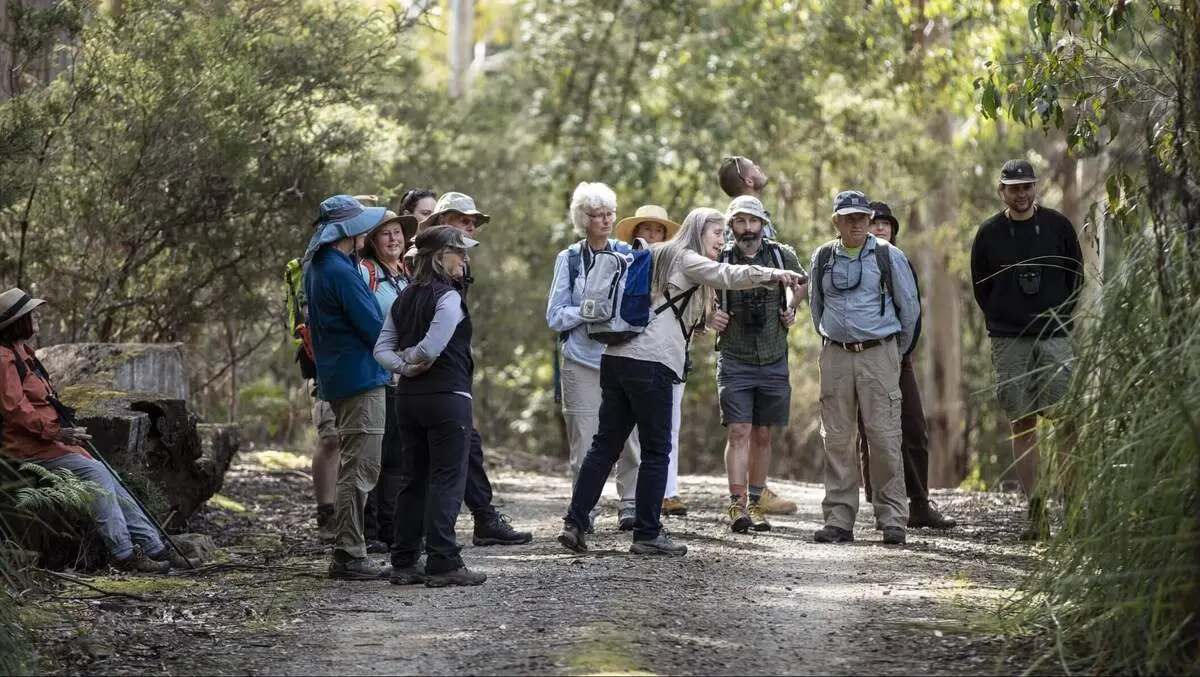
AI speeds up Tasmanian wildlife monitoring & conservation work
Artificial intelligence is being used to streamline wildlife monitoring and enhance conservation efforts in Tasmania.
The Tasmanian Land Conservancy has implemented AI-powered image filtering within its WildTracker project, working in partnership with digital agency Ionata Digital. WildTracker allows private landholders to upload, tag, and share camera trap images, contributing to a growing body of data on local wildlife and endangered species.
Manually reviewing images from camera traps, which are often triggered by animals, plants, moving shadows or human activity, is typically an intensive and time-consuming process. With the integration of Ionata Digital's AI solution, known as Stickybeak, the process has become more efficient by automating the identification and removal of empty images from the workflow.
Since being introduced, Stickybeak has processed 774,156 images, identifying 258,425 or 29.2 percent as blank images, such as those triggered by environmental factors instead of wildlife. This has saved over 900 hours of volunteer time, equivalent to 23 weeks of work based on a standard 38-hour week.
The AI system supports efforts to monitor wildlife across both protected and unprotected areas. By streamlining the data collection process, the tool enables conservationists to better develop data-driven strategies and make informed environmental decisions. The records produced by the system are used to address key ecological questions and support the protection of native Tasmanian species by improving understanding of environmental changes.
Stickybeak utilises multiple artificial intelligence models, including one created by the University of Tasmania. The system incorporates deep-learning algorithms known as convolutional neural networks (CNNs), inspired by animal visual processing. This technology allows for high-accuracy object recognition and classification, improving the identification of species within large datasets.
Dr Glen Bain, Conservation Ecologist at Tasmanian Land Conservancy, explained the broader impacts of the technology. "AI is transforming the way we monitor wildlife. By automating image analysis, we can spend more time on the ground working with other landholders, implementing conservation efforts for threatened species and studying their habitats. One long-term goal is for AI to advance to the point where it can identify individual animals within a species, much like recognising faces in a crowd. Take quolls, for example: their unique coat patterns could one day be mapped by AI, allowing us to track individuals across different photos. Instead of painstakingly counting spots ourselves, we could use AI-driven insights to estimate population sizes with far greater accuracy - something that would take humans an enormous amount of time," he said.
Martin Anderson, Chief Executive Officer and Founder of Ionata Digital, commented on the partnership: "This project is a perfect example of AI making a tangible impact on the world around us. By reducing the time conservationists spend sifting through images, we're helping them focus on what really matters - protecting Tasmania's unique wildlife. This is just the start, we're eager to collaborate with other organisations to expand AI's role in conservation and accelerate its impact across Australia."
Professor Barry Brook from the University of Tasmania, which helped develop the AI technology, highlighted the potential for ongoing improvements in image analysis. "Collaborating with the Tasmanian Land Conservancy and Ionata Digital has been a fantastic opportunity to apply our cutting-edge AI research to real-world conservation challenges. The impact of this technology can be truly profound, helping us process vast amounts of ecological data with unprecedented speed and accuracy. As we refine the model, we hope to push the boundaries of AI in conservation - improving its accuracy, enhancing species identification, and ultimately improving how we protect Australia's unique wildlife," he stated.
The continuing refinement and evolution of Stickybeak is expected to yield further advancements in automated species identification and habitat monitoring, supporting ongoing efforts in data-led conservation across Tasmania and potentially the wider Australian region.


